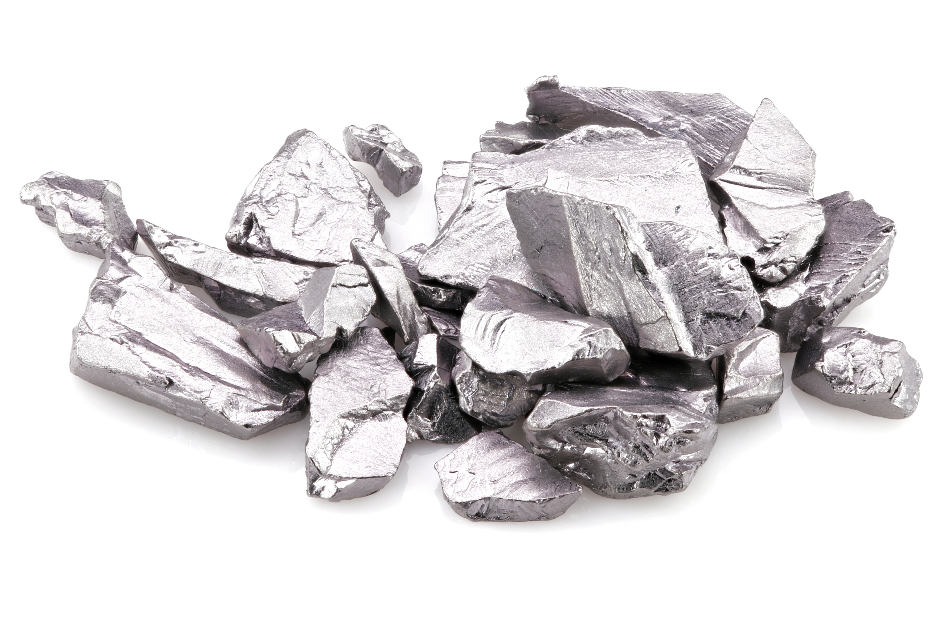Jan 23 2002

Bjoern Wylezich / Shutterstock
Tantalum is a rare metal with a grey-blue appearance. It is found in about 15% of the world’s pegmatites. Tantalum has several properties that currently make it a valuable commodity.
Tantalum has the following properties:
- High melting point (2997 °C)
- High boiling point (5425 °C)
- Corrosion-resistant
- Superconductivity
- High coefficient of capacitance
- Low coefficient of thermal expansion
- Ductile, that is, the metal alloys well
Applications
Today, the single largest consumer of tantalum is the electronics industry, which accounts for around 60% of the total demand. In the electronics industry, tantalum is mainly used in the manufacture of capacitors. Capacitors are devices that control the flow of electricity inside an integrated circuit.
Tantalum capacitors can be found in many day-to-day devices, such as video cameras, mobile phones, laptop computers, and Sony Playstation. Tantalum is also used as an alloy, which is another rapidly growing application of this metal. The alloy is used in the manufacture of turbine blades for jet engines and power stations. Tantalum enhances the blades’ structural integrity at high temperatures. This enables the turbines to operate at higher temperatures, thus boosting their fuel efficiency.
Other applications of tantalum are given below:
- Tantalum wave-filters are used in wireless communications networks
- Tantalum wafers are used in high-performance integrated circuits, to avoid molecular “bleeding” in the silicon-copper joint.
Supply
Geologically, tantalum usually occurs with tin. Until quite recently, tantalum was considered as an impure metal that attracted penalties to the tin price. Historically, tin was produced through dredge operations, particularly in South-East Asia, that led to a large, often high-grade tantalum bearing tin slag. Traditionally, the biggest sources of tantalum had been the reprocessed tin slags. But, over time, these slags depleted and turned out to be less significant source of tantalum.
About 25% of global demand for tantalum is met by Australia and Africa, individually. Sons of Gwalia (SGW) produces 25% of the global demand from both its operations in Western Australia. Meanwhile the African supply includes several countries, such as Rwanda, the Democratic Republic of Congo, Zimbabwe, Mozambique, and Ethiopia, that form a large part of very small operations. Kenticha in Ethiopia is the single largest operation in Africa, producing around 150,000 lbs per annum.
Price
Tantalum is not traded in the central market, unlike many of the more common metals such as copper and nickel. Therefore, it is very difficult to estimate the price of tantalum.
One indication of the strength of tantalum demand is the price attained by the United States Defense Logistics Agency (USDLA) tenders, for its stockpiled material. With a permanent sales program, the USDLA publishes the prices achieved via those tenders. It must be noted that the prices achieved do not necessarily indicate the prices achieved by any specified producer.